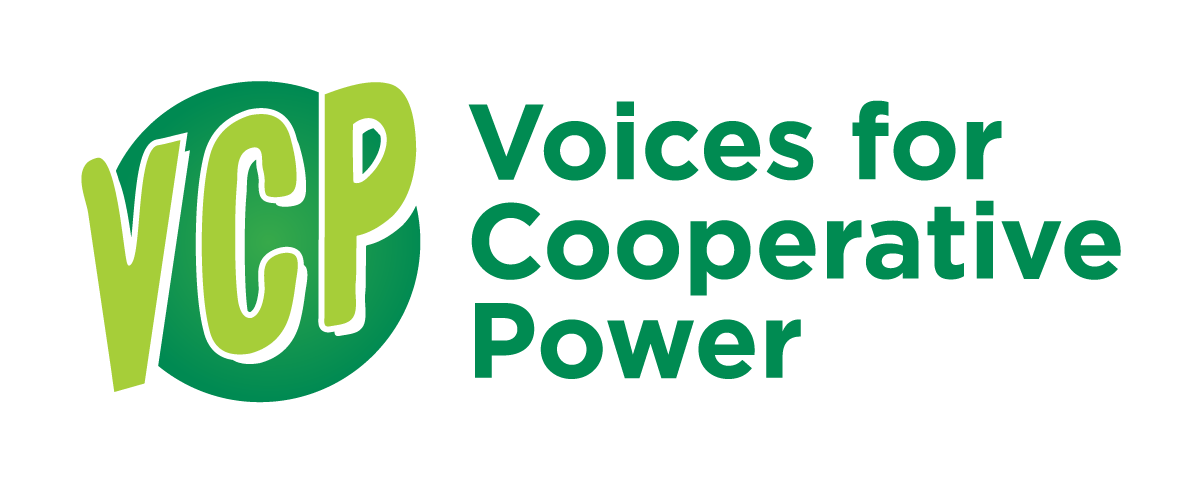What is cutting the cord? In most cases, folks talking about "cutting the cord" are referring to cancelling their current cable or bundled TV service. Some people take this a step further and use the term to getting rid of paid TV completely.
Step 1: Evaluate your entertainment needs
Do I need to pay for TV? What shows do I watch? When do I watch them?
Step 2: Evaluate your options- OTA, Satellite, Cable, Streaming
There are pros and cons to all these options, including equipment needs, installation costs, monthly fees, reliability etc. Pick the one that best suits your needs.
What is Streaming TV?
Streaming TV usually refers to the digital distribution of television content- basically it is content you access over the internet.
What you need:
1. An internet connection - to have a quality streaming experience you need to have a strong internet connection of at least 1.5Mbps per second per stream, but for HD 5Mbps per second or higher is needed. Many streaming devices use Wi-Fi, so have a good quality Wi-Fi router that connects strongly to your devices is important.
2. A streaming device - whether it be a Smart TV, a Streaming Media Player, or a Game Console you need a device that can connect your TV to the internet.
3. A streaming service - there are a growing number of streaming services that you pay every month to access. There are also a handful of free services. The content all varies, from live local channels to on demand shows and movies. Some have DVR features built in, some don't because the shows are available any time.
Internet: In order to stream TV you need an internet connection. Three main things will impact whether you will have a good experience of a frustrating one full of buffering:
Your speed- Streaming requires a wide range of internet speeds which vary by provider and picture quality. Most services list their requirements on their website. Here are some basic guidelines to give you an idea of the speed you might need!
Your WiFi- hardwire devices wherever possible for the best experience, but it is not always feasible. A good quality WiFi router with dual band technology will help.
Data Caps- if you have an internet provider with data caps, streaming TV may not be for you. A Data Cap is how much data you can download before your speed is throttled or your service suspended. Streaming in standard takes around 1GB of data- HD about 3GB per hour. Divide your data cap by 1 or 3 to see how many hours of TV you can watch before being throttled.
Streaming Services:
A video streaming service in an on-demand online entertainment source for TV shows. Its like a cable provider, only you usually pay a month to month fee with no contract and use the internet and streaming media player to access it. You usually need a debit/credit card to change the monthly fee. There are over 100 streaming services. Luckily, many of them come with free trials so you can try them out- just remember to cancel if you don't like it! Here are the most common:
Movies and Original Content - watch popular movies and original content
Netflix, Hulu, Amazon Prime, YouTube
*TV and Live TV - access to TV shows and Live Local Channels
Direct TV NOW, Fubo TV, Hulu with Live TV, Playstation Vue, Sling TV, and YouTube TV
Specialty- Specific channels that have their own streaming service
HBO, AMC Premier, Lifetime Movie Pass, CBS All Access, Hallmark Movies Now, Starz Free (usually ad based)- Crackle, FreeDive, Hoopla, Internet Archive, Kanopy, Pluto TV, Roku Channel

